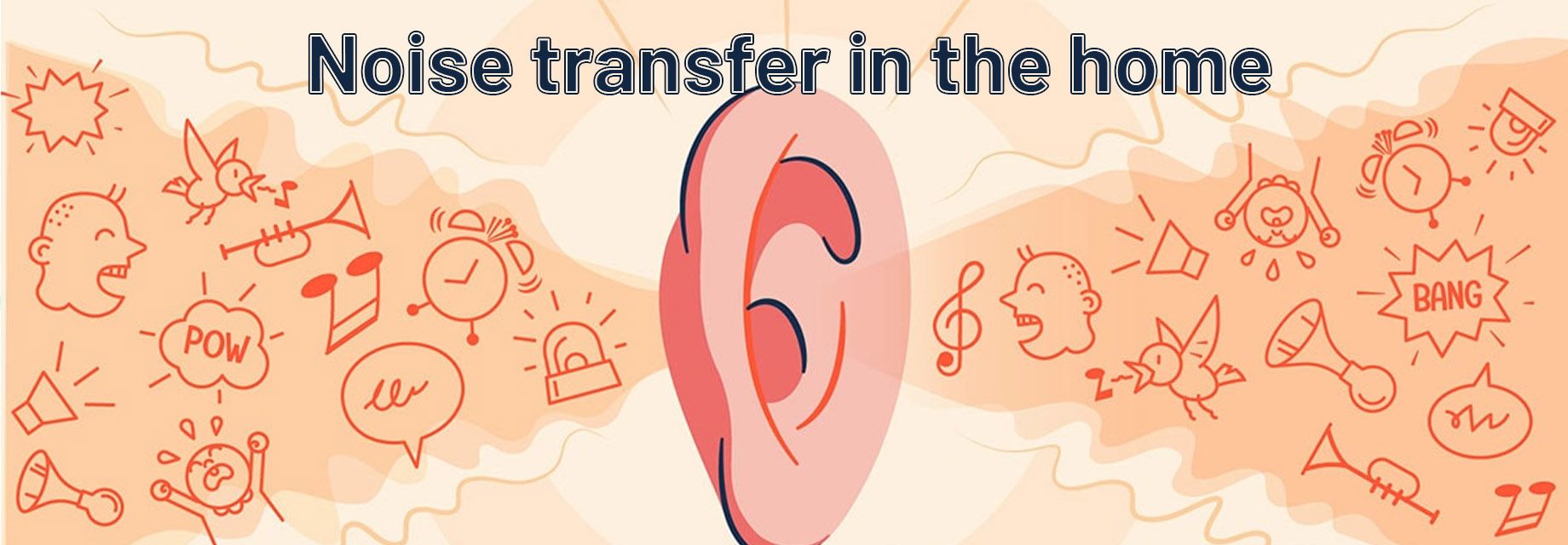
Noise transfer in the home can be a big problem! Here’s five ways you can solve it!
Thanks to the lightweight design and construction methods used in New Zealand, combined with noisy appliances and loud entertainment gear, noise transfer in the home has become a big problem. That’s not even discussing your neighbors who love to throw house parties every Saturday night. Thankfully there are several steps you can take to reduce noise transfer in the home so here are our top five tips to start controlling it!
Insulating your walls lowers noise transfer in and out of the home.
You may not realise, but some insulation materials have amazing sound dampening properties. For many kiwi homes, wall insulation is an afterthought and unfortunately, many builders only provide the minimum thermal levels, if any at all.
Choosing a blown insulation product like CosyWall Insulation not only provides an effective thermal insulation barrier, but because the material is blown into the walls at such a high density it also works to lower noise vibrations and prevent soundwaves from penetrating your walls.
It’s best to chat with an insulation expert about choosing the right insulation material if the sound is an issue for you.
Minimise uniform surfaces
Flat surfaces such as walls and ceilings are great for bouncing sound waves around the house but terrible for controlling noise transfer. If you’re thinking about building a new home, it’s important to make sure your architect or draftsperson considers this in your design. The more angles and less uniform surfaces in your home the harder it is for sound to bounce.
Choose the right doors for your home
Doors play an important role in controlling noise transfer in your house. Selecting the right doors is one of the easiest and least expensive ways of controlling sound in your home.
Doors are typically hollow and have no insulating layer inside. Hollow doors do a poor job of blocking soundwaves. Spending a little more money on solid doors made from denser materials helps prevent noise transfer.
Upgrade your windows
Replacing your old single-pane windows with double-glazed ones will help filter out those unwanted frequencies. Double Glazed windows have the added benefit of improving thermal efficiency. They also work to reduce noise transfer in and out of your home. There are many amazing joinery manufacturers here in New Zealand who could help you upgrade your windows.
Consider your flooring
Your choice of flooring can have a profound impact on the noise levels in your home. Timber and Bamboo floors look great but can create substantial noise issues. This is why it’s so important to prepare your subfloor correctly. Hard floors like concrete and tiles will be quieter than timber however you really can’t go past carpet for soundproofing.
For more information chat to the team at Pilkington Insulation! We’d be happy to discuss ways at reducing noise transfer in your home.
